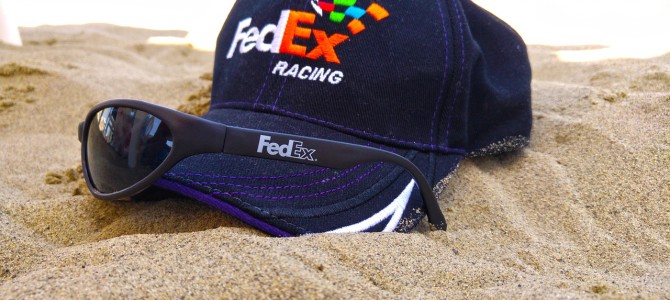Summer is here! Who doesn’t want to be outside, sunbathing, swimming, playing catch on the beach or just barbecuing in the backyard? While summer means fun in the sun, make sure you’re not getting too much of a good thing. Avoid consequences of overexposure to the sun like sunburns, premature aging of the skin, wrinkling, and skin cancer, including melanoma by practicing proper sun protection. The hours between 10 a.m. and 4 p.m. daylight savings time (9 a.m. to 3 p.m. standard time) are the most hazardous for UV exposure in the continental United States. UV rays are the greatest during the late spring and early summer in North America.
CDC recommends easy options for sun protection:
- Sunscreen
- Use sunscreen with sun protective factor (SPF) 15 or higher, and both UVA and UVB protection.
- Sunscreen wears off. Put it on again if you stay out in the sun for more than two hours, and after you swim or do things that make you sweat.
- Check the sunscreen’s expiration date. Sunscreen without an expiration date has a shelf life of no more than three years, but its shelf life is shorter if it has been exposed to high temperatures.
- Clothing
- Wear clothing to protect exposed skin.
- Loose‐fitting long‐sleeved shirts and long pants made from tightly woven fabric offer the best protection from the sun’s UV rays. A wet T‐shirt offers much less UV protection than a dry one. Darker colors may offer more protection than lighter colors.
- If wearing this type of clothing isn’t practical, at least, try to wear a T‐shirt or a beach cover‐up. Keep in mind that a typical T‐shirt has an SPF rating lower than 15, so use other types of protection as well.
- Hats
- Wear a hat with a wide brim to shade the face, head, ears, and neck.
- For the most protection, wear a hat with a brim all the way around that shades your face, ears, and the back of your neck. A tightly woven fabric, such as canvas, works best to protect your skin from UV rays. Avoid straw hats with holes that let sunlight through. A darker hat may offer more UV protection.
- If you wear a baseball cap, you should also protect your ears and the back of your neck by wearing clothing that covers those areas, using sunscreen with at least SPF 15, or by staying in the shade.
- Sunglasses
- Sunglasses protect your eyes from UV rays and reduce the risk of cataracts. They also protect the tender skin around your eyes from sun exposure.
- Wear sunglasses that wrap around and block as close to 100% of both UVA and UVB rays as possible. · Sunglasses that block both UVA and UVB rays offer the best protection. Most sunglasses sold in the United States, regardless of cost, meet this standard.
- Shade
- Seek shade, especially during midday hours.
- You can reduce your risk of skin damage and skin cancer by seeking shade under an umbrella, tree, or other type of shelter before you need relief from the sun. Your best bet to protect your skin is to use sunscreen or wear protective clothing when you’re outside—even when you’re in the shade. For more information, please visit http://www.cdc.gov/cancer/skin/basic_info /prevention.htm or call 1‐800‐CDC‐I
To view original article please visit: http://www.cdc.gov/media/subtopic/matte/pdf/summer_burned.pdf


